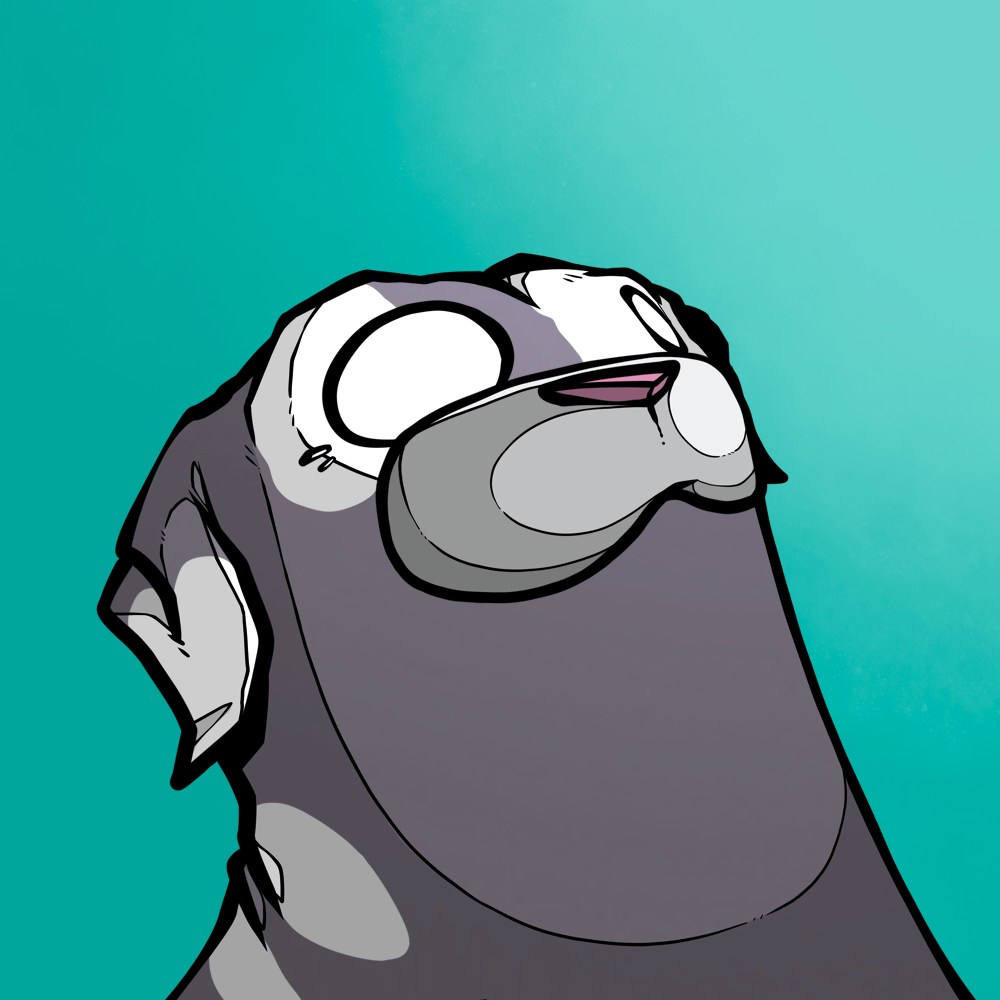New Trends in AI Art: Where Creativity Meets Code
In recent years, AI-generated art has evolved from a novelty into a groundbreaking creative force. With the rapid development of artificial intelligence, we’re witnessing a new era where machines collaborate with humans to push the boundaries of what art can be. 2025 has already brought some striking trends that signal a shift in how we think about creativity, authorship, and aesthetics. Here's a look at the most exciting developments in AI art today.
1. Hyper-Personalized Art
One of the most noticeable shifts is the move toward personalized, user-generated art. AI tools like OpenAI’s DALL·E, Midjourney, and Runway now allow individuals to create highly specific visuals based on personal prompts, emotions, or even daily moods. People are generating art that reflects their dreams, memories, or abstract thoughts — often in real time.
This is transforming how we consume art: it's no longer about looking at someone else's vision, but co-creating your own.
2. AI as a Co-Creator, Not Just a Tool
Artists are increasingly working with AI as collaborators, not just tools. Instead of just feeding prompts and waiting for results, creators are integrating AI into their process — tweaking models, fine-tuning styles, and merging outputs with traditional techniques like painting, sculpture, and performance art.
This is leading to a new genre of hybrid art, where the line between human and machine creativity becomes beautifully blurred.
3. Real-Time Interactive Installations
Thanks to advances in real-time generative AI, interactive installations are becoming more immersive. AI can now respond live to voice, movement, music, or facial expressions — allowing viewers to influence how the artwork unfolds.
Imagine a digital painting that evolves as you speak to it, or a soundscape that changes based on your heartbeat. These experiences are turning passive audiences into active participants.
4. Synthetic Identities and Virtual Artists
We're seeing the rise of AI-generated personas that function as independent artists. These "virtual creators" are releasing albums, holding exhibitions, and even doing interviews — blurring the line between fiction and reality.
One striking example is the use of AI avatars to represent artists who don’t exist in the traditional sense. These virtual beings can have unique visual styles, backstories, and creative outputs — often shaped collaboratively by teams of programmers and designers.
5. Ethical and Philosophical Conversations Deepen
As AI-generated art becomes more mainstream, so do questions about authorship, originality, and intellectual property. Who owns an image created by an algorithm? Can machines truly be creative? These debates are no longer theoretical — they’re affecting how art is bought, sold, and protected.
In response, some artists are turning toward open-source practices and using blockchain technology to verify provenance and promote transparency.
6. AI in Cultural Preservation and Reimagination
AI is being used not just to create the new, but to revive the old. From restoring damaged artworks to reimagining ancient styles through modern lenses, AI is playing a role in preserving cultural heritage. It can simulate lost art forms, reinterpret folklore, and bring forgotten traditions into the digital age.
This opens doors for cross-cultural collaborations and reinterpretations that weren’t possible before.
Final Thoughts: Art in the Age of Algorithms
We’re in the midst of a creative revolution — one where AI is not replacing artists but expanding the possibilities of artistic expression. Whether you're a technologist, an artist, or simply someone who appreciates beauty and innovation, the world of AI art is more accessible and thrilling than ever.
The future of art might not be entirely human, but it will be deeply personal, profoundly interactive, and surprisingly poetic.








































